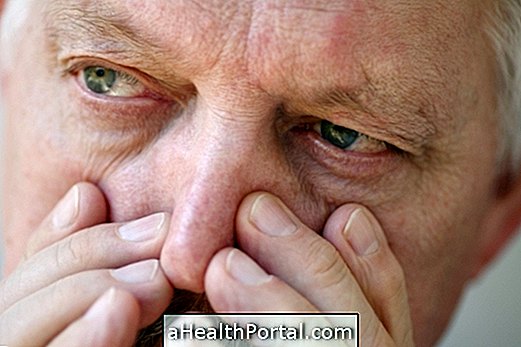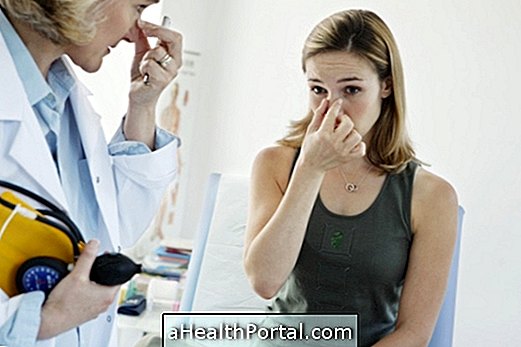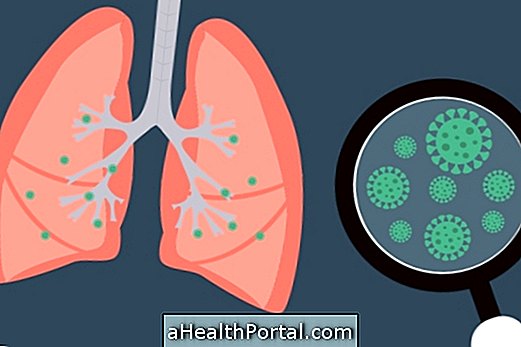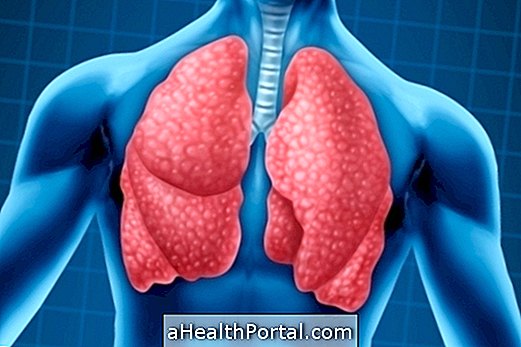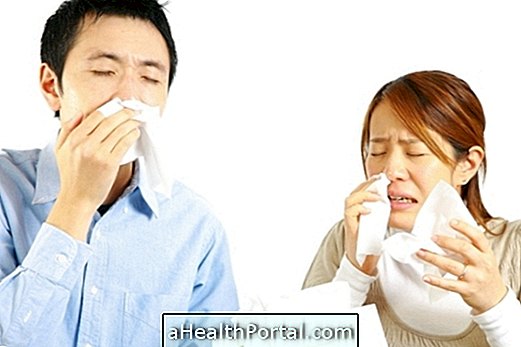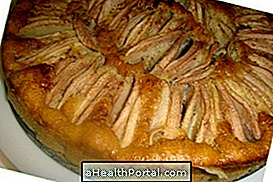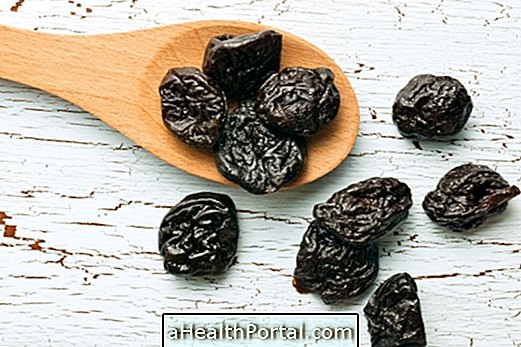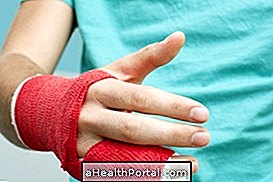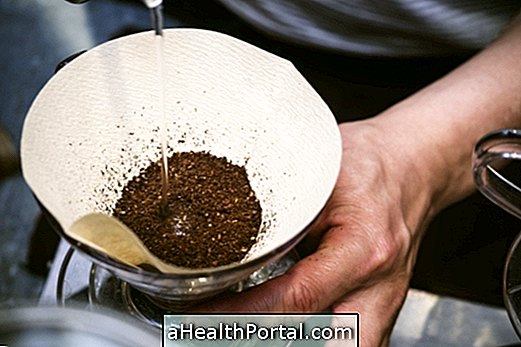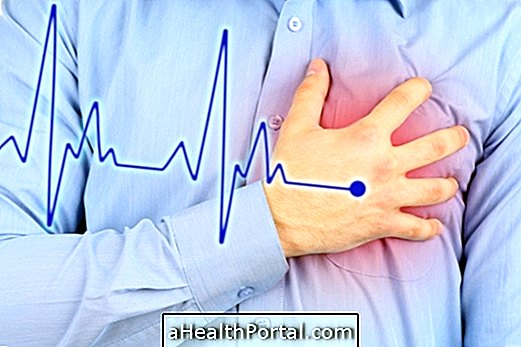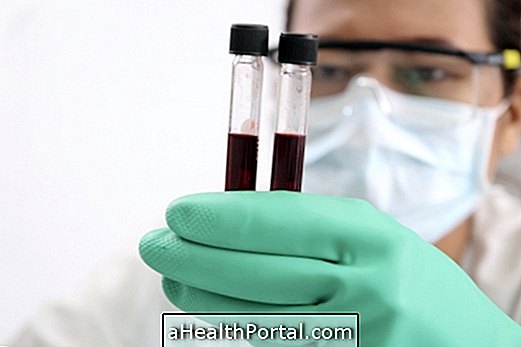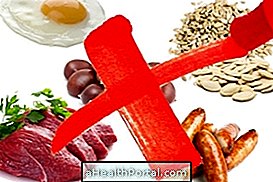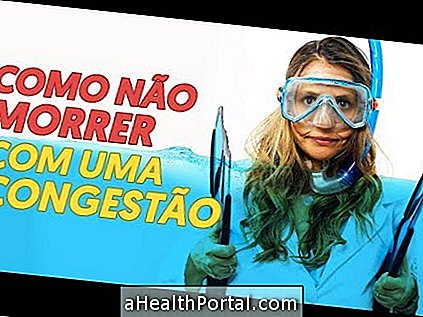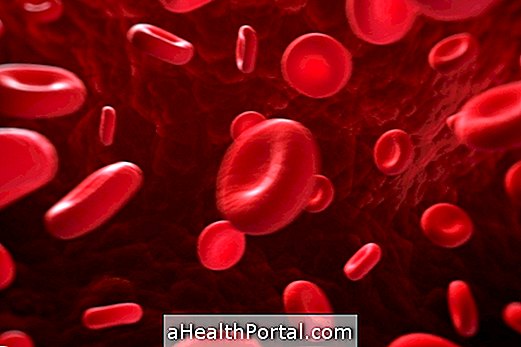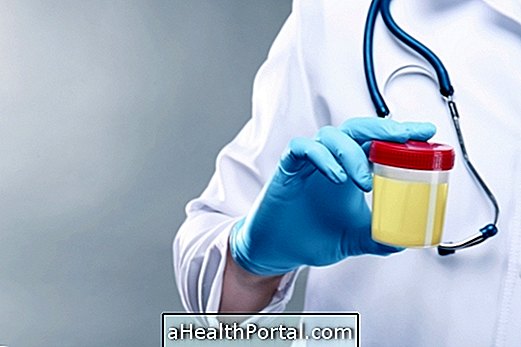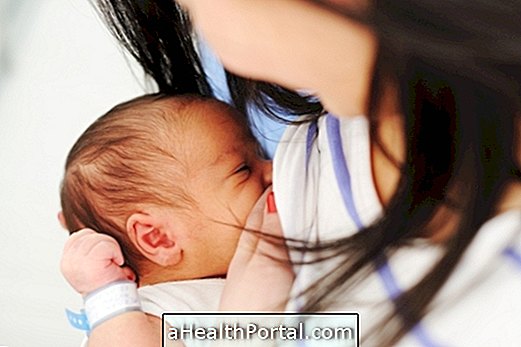Symptoms of childhood pneumonia are similar to flu, but they last longer and can be aggravating. In addition, they may vary according to the age of the baby or child. The main symptoms that catch the attention of the parents is the high fever, above 38ºC and the cough with phlegm.
These signs may suddenly appear in the case of bacterial pneumonia or gradually set in, as in the case of viral pneumonia, and it is important to inform the pediatrician to diagnose the type of pneumonia and initiate appropriate treatment.

Thus, the main symptoms of childhood pneumonia, in addition to fever that is higher than 38 ° C, which it takes to lower, include:
| Symptoms of pneumonia in infants (up to 3 years) | Symptoms of pneumonia in children (more than 3 years) |
| Breathing short and quick, breathless | Cough with catarrh fever |
| Severe cough with phlegm and fever | Lack of appetite |
| Easy crying | Easy tiredness |
| Difficulty sleeping | Moaning while breathing |
| Eyes with pimples and secretions | Difficulty breathing, wheezing |
| Vomiting and diarrhea | Decreased will to play, prostration |
| Movement of the ribs when breathing | Nausea and abdominal pain |
The disease is diagnosed by a chest x-ray and can be caused by viruses, fungi, bacteria or parasites, and usually its treatment is by taking antibiotics and nebulizations. Most often pneumonia in infants and children is a viral cause and the viruses normally involved are respiratory syncytial virus, parainfluenza, influenza, adenovirus, and measles virus.
Pneumonia in infants or children is an acute lung infection that must be identified as soon as possible to avoid its worsening and parents, family members and teachers should be aware of changes in the child's behavior, leading to the pediatrician when pneumonia is suspected.
How To Treat Childhood Pneumonia
Treatment for childhood pneumonia can be done at home by taking anti-viral or antibiotic drugs, depending on the causative agent, age, and health status of the child. Usually healing is achieved in 2 weeks and during this time the child should not go to school.
The doctor may also indicate some care such as:
- Make 1 or 2 nebulizations per day with saline;
- Stay at home, avoiding going to school or doing physical activities;
- Drink plenty of fluids, such as water, milk or natural juice;
- Avoid abrupt changes in temperature by dressing the child properly;
- Take medicine to lower the fever, such as Paracetamol in doses recommended for the child's weight.
Cough syrups are discouraged because they prevent coughing and elimination of secretions. However, they can be used under medical supervision in cases where the cough does not allow the baby to sleep or eat properly. See the remedies, signs of improvement, worsening and complications here.
